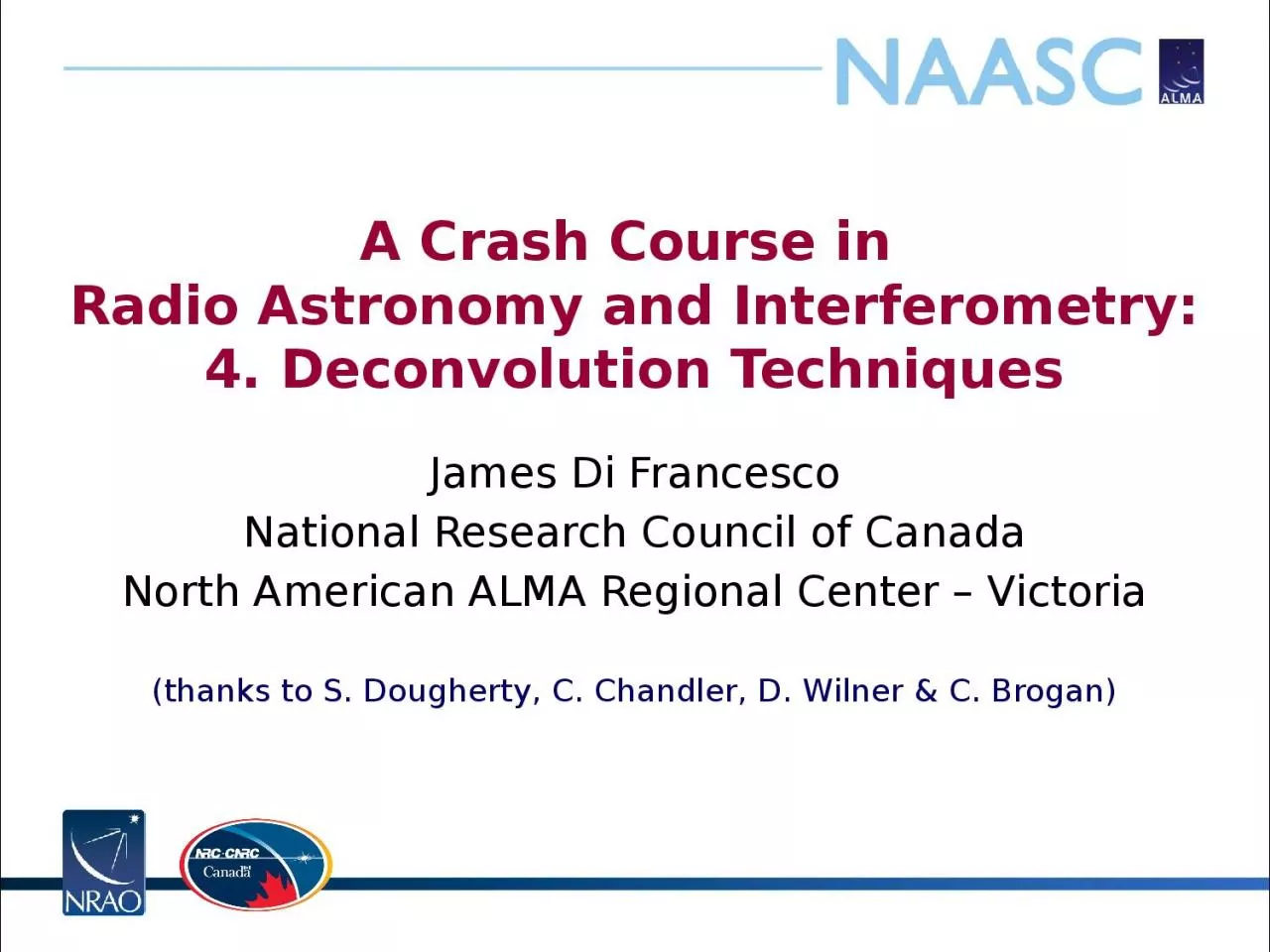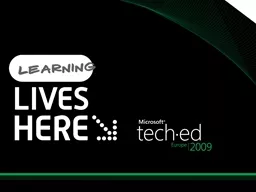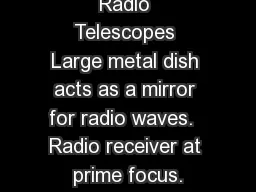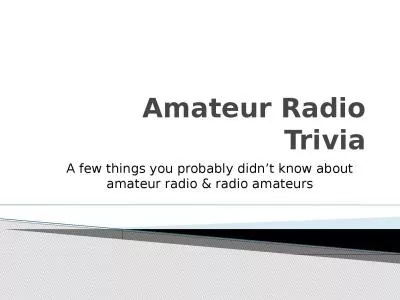PPT-A Crash Course in Radio
Author : isabella | Published Date : 2023-10-04
Astronomy and Interferometry 4 Deconvolution Techniques James Di Francesco National Research Council of Canada North American ALMA Regional Center Victoria thanks
Presentation Embed Code
Download Presentation
Download Presentation The PPT/PDF document "A Crash Course in Radio" is the property of its rightful owner. Permission is granted to download and print the materials on this website for personal, non-commercial use only, and to display it on your personal computer provided you do not modify the materials and that you retain all copyright notices contained in the materials. By downloading content from our website, you accept the terms of this agreement.
A Crash Course in Radio: Transcript
Download Rules Of Document
"A Crash Course in Radio"The content belongs to its owner. You may download and print it for personal use, without modification, and keep all copyright notices. By downloading, you agree to these terms.
Related Documents













![[READ]-Fortran Crash Course + Hacking + Android Crash Course + Python Crash Course + XML](https://thumbs.docslides.com/972403/read-fortran-crash-course-hacking-android-crash-course-python-crash-course-xml-crash-course-hacking-xml-python-android-book-2.jpg)
